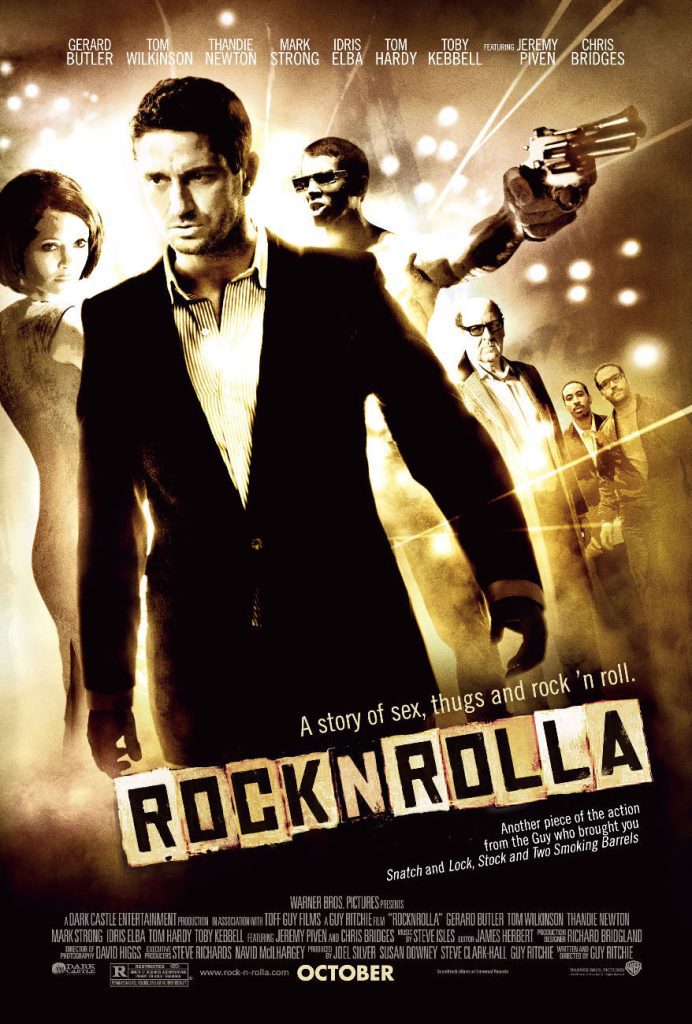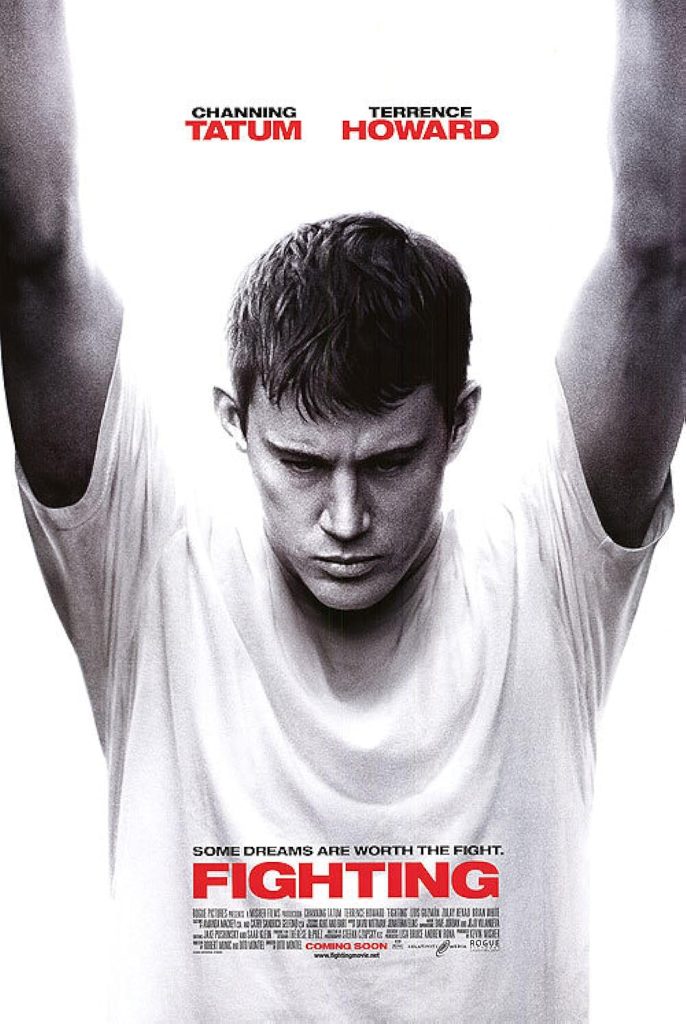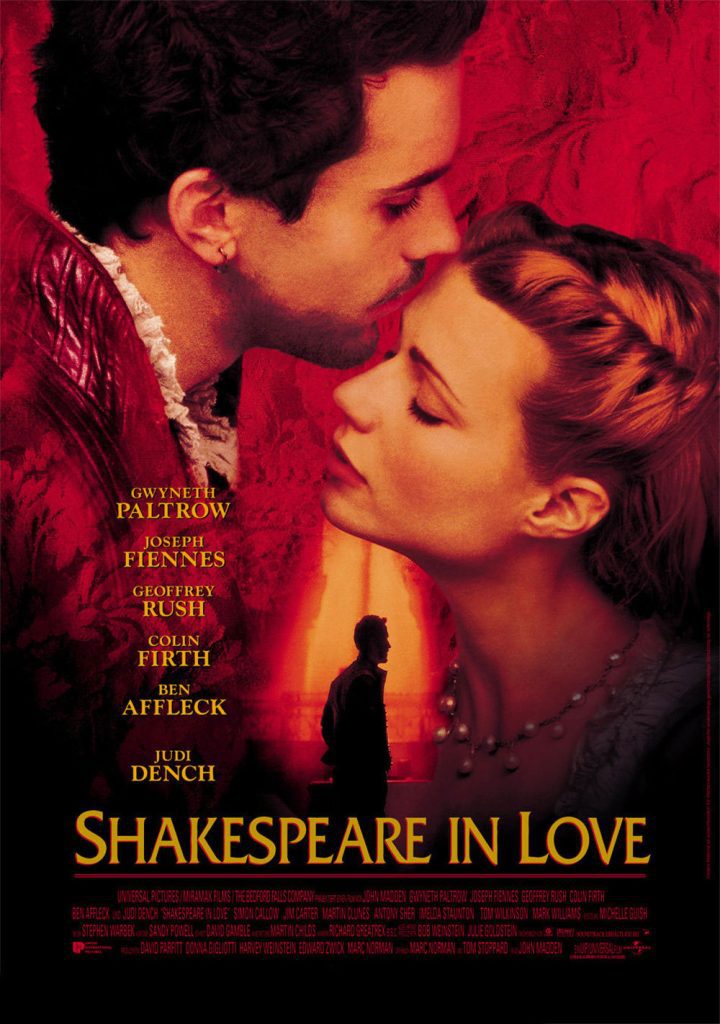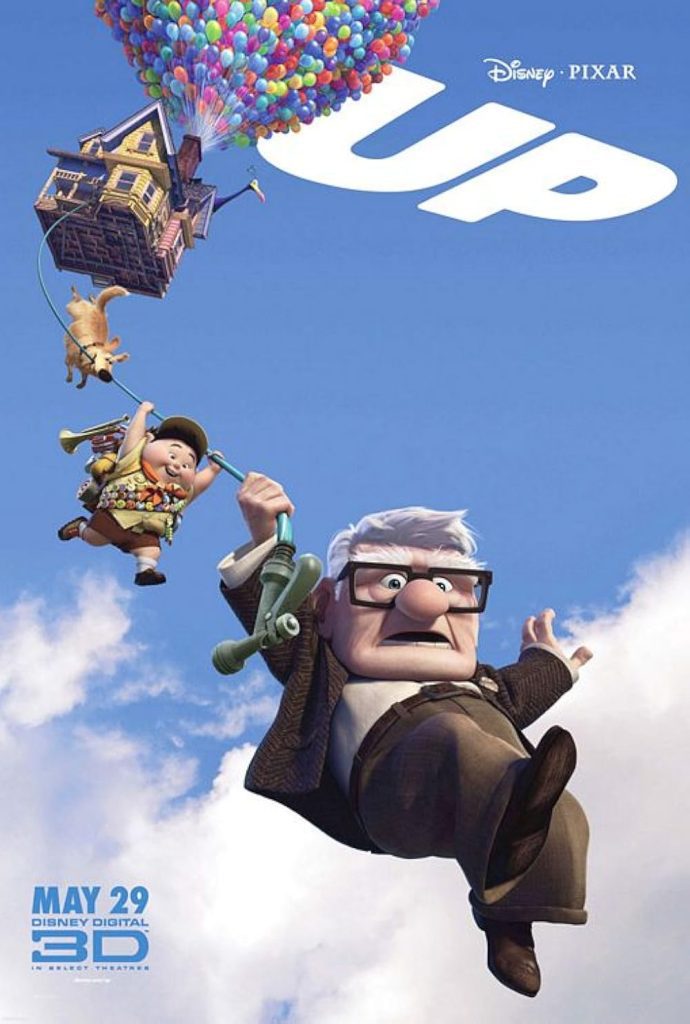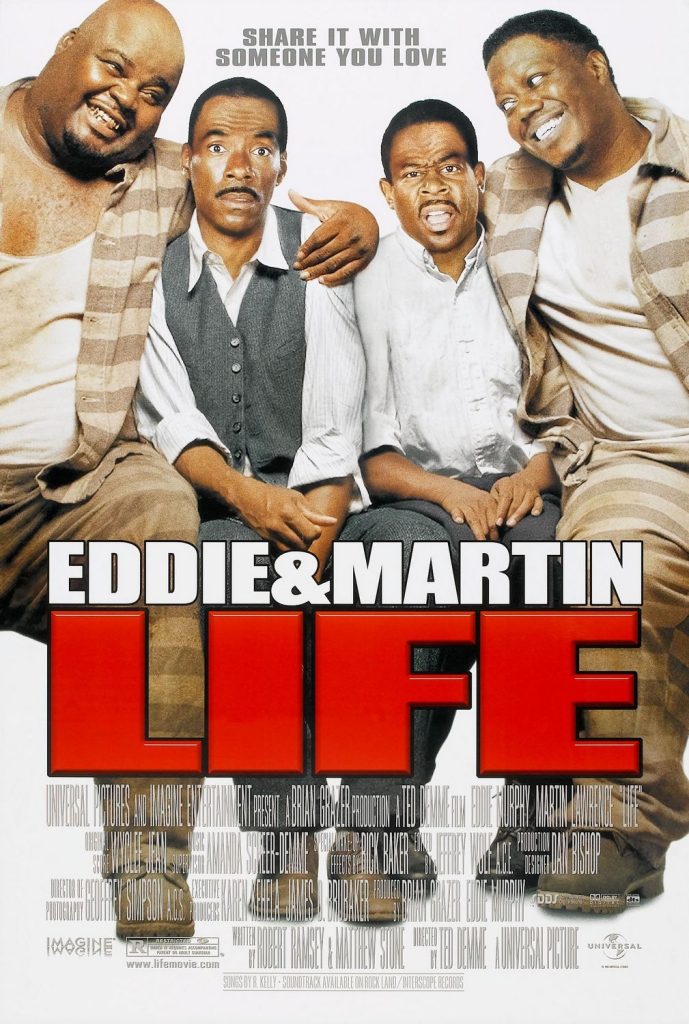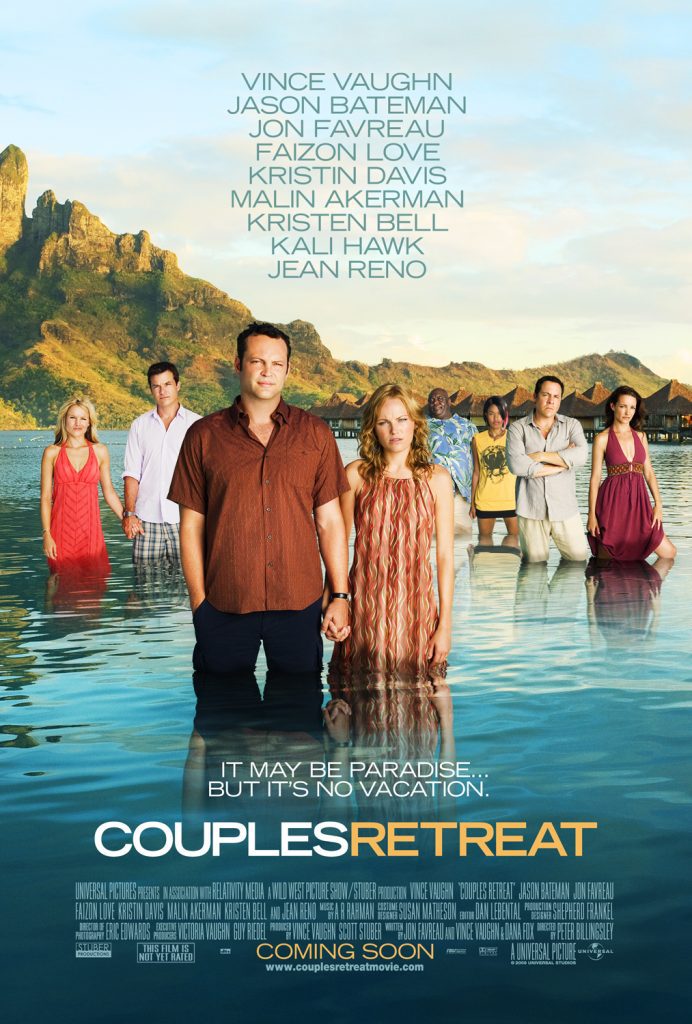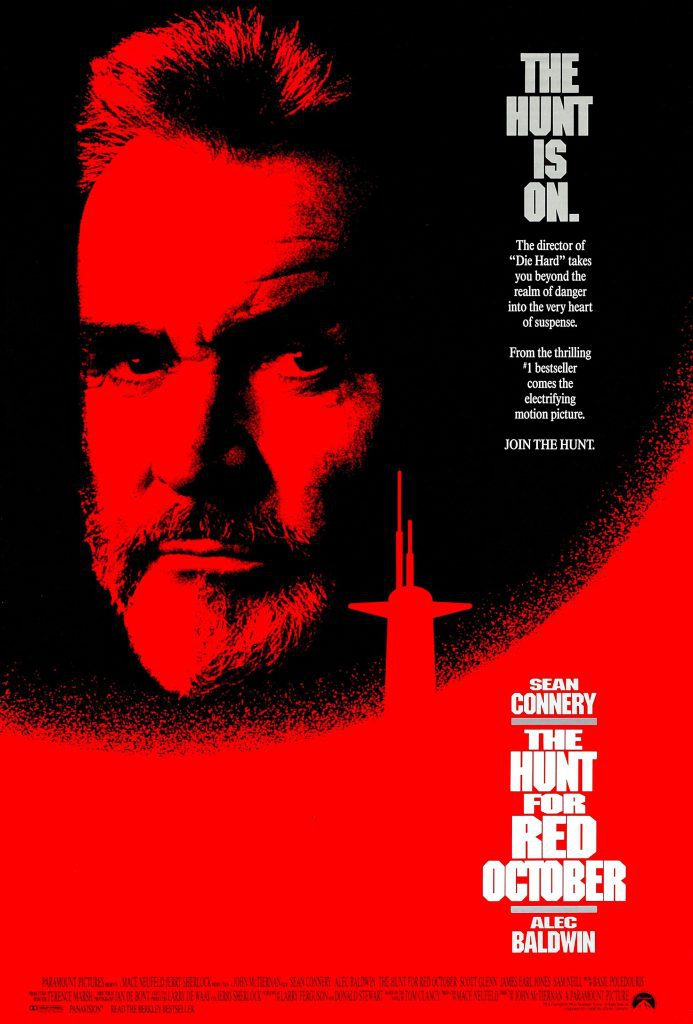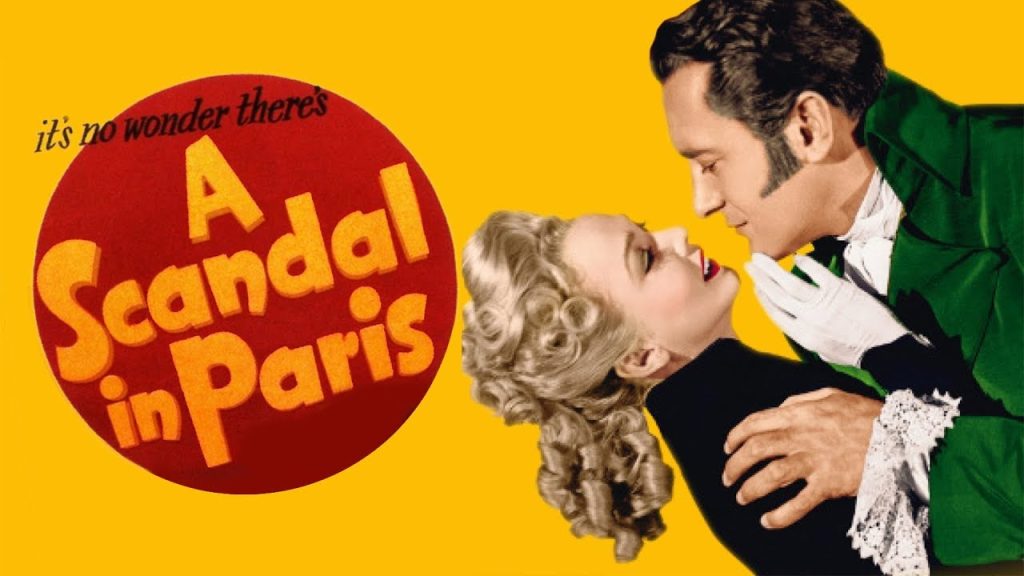
Douglas Sirk is an acknowledged master of the cinema, influencing several generations of film directors. In a relatively rare occurrence, Sirk’s legacy largely rests on only a few films made very late in his career. Those final melodramas earned Sirk one of the rarest accolades – his name became an adjective. Over the years Sirkian has come to mean a lush, poignant melodrama that’s equally biting and distance. There’s heartbreak and subtext galore. But Sirk didn’t just make melodramas, and he didn’t just work in the saturated Technicolor that became his late signature. In fact he made dozens of films before his first famous melodrama, Magnificent Obsession. Two of them are gathered in this Blu-ray release, and they show just how much range Douglas Sirk brought to his directorial career.
A Scandal in Paris is a kind of historical biopic of renowned French criminal Eugene Francois Vidocq (George Saunders, All About Eve). Opening on the notorious criminal in jail and meeting his future co-conspirator (Akim Tamiroff, Mr. Arkadin). The pair embark on a series of criminal adventures that provide the titular scandals.
Lured is about a serial killer stalking the streets of London, using personal ads to find his victims. When Sandra’s (Lucille Ball, I Love Lucy) friend appears to be a victim, she agrees to go undercover with the aid of a detective (Charles Coburn, Gentlemen Prefer Blondes).
It’s quite odd to put A Scandal in Paris and Lured together, as they seem to share nothing aside from director Douglas Sirk. A Scandal in Paris is a kind of picaresque film that uses the actual historical figure Vidocq (who started out a criminal but became the father of modern criminology and the model for private detectives) but invents a number of vignettes to revel in his criminal lifestyle. He steals a horse and some jewels, tangles with a monkey, and ends up the chief of police. Lured, however, focuses on a woman who has to track down the serial killer she thinks has killed her best friend. This time the plot is much more linear, with a fairly standard mystery style, though the London setting keeps it fresh.
Initially, these two films only seem to share the fact that Douglas Sirk made them back-to-back. But digging a little deeper and the two share a lot of surprising similarities. The main one is that both are a combination of very dark and very light material. Vidocq is born in a jail and lives a criminal lifestyle and the consequences of that lifestyle are not always great. Similarly, Lured is very explicitly about a serial killer who is targeting women, and through their attempts to find love no less. But neither film is particularly dark. Scandal keeps things light by sticking to more comic vignettes (including one with the monkey), while Lured gives us a bunch of goofy red herrings and a romance plot to lighten the mood. In both cases, though, anyone looking for the seeds of Sirk’s greatness can find them here, in his ability to blend different tonal moods together.
The other thing that unites these two films is Sirk’s eye for acting talent and how to get the most out of a cast. There’s nothing particularly novel in casting George Saunders as a rogue, nor Akim Tamiroff as his sidekick, but Sirk somehow gets them to be both more noble and more comic than they have been elsewhere. Similarly, making Lucille Ball the biting comic heroine isn’t a crazy new idea, but she seems tougher under Sirk’s direction. Both Boris Karloff and Charles Coburn do as well. Sirk’s ability to attract and utilize a solid cast (even with the help of the studio system) is impressive.
Each film gets its own Blu-ray disc here. A Scandal in Paris looks slightly better with its 1.30:1/1080p transfer. Detail is general strong, as are black levels. Contrast gets a little rough, especially during optical effects. There’s a bit of fluctuation in the overall quality in some shots, but this is a highly watchable transfer taken from a recent restoration from archival 35mm elements. The film’s LPCM 2.0 mono track isn’t quite as strong. In addition to the limitations of the day, damage has been done to the elements, leading to some crackle and pop. Dialogue is still easy to discern, but this is far from a pristine audio track.
Lured largely suffers only in comparison to Scandal. The film’s 1.37:1/1080p transfer is taken from 35mm and 16mm elements, so it can’t ever look quite as good as its 35mm counterpart. That said, detail is generally strong, and black levels stay pretty deep. The transfer itself does what it can with the diverse material, which means occasional changes in quality scene-to-scene. The film is still very watchable, and impressively dirt and damage is basically absent. The film’s LPCM 2.0 mono track fares slightly better, with less damage than Scandal’s. It’s still limited by its origins, but the lack of damage makes it easier to focus on the dialogue and score.
Both films get re-release trailers and an audio commentary. Scandal is handled by critic Wade Major, who discusses both the film and its fascinating subject, Vidoqc. Lured is handled by film historian Jeremy Arnold, who puts the film into its genre context, pointing out the similarities to contemporary noir.
These films are good, but not particularly great. If you love Sirk’s color melodramas you might want to give these earlier efforts a try, but they’re not forgotten masterpieces awaiting this release to uncover them. Instead, we get a decent historical biopic and a mystery film, both made with the strictures of the studio system. Fans of the actors, especially George Saunders or Lucille Ball, will want to give these films a shot, but most viewers can feel free to skip them despite their excellent treatment on Blu-ray.
For more movies visit Soap2day.

